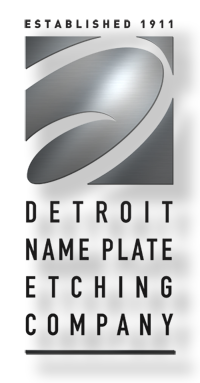CNC machining combines the production of manufacturing with the precision of computing. It allows machine tools like lathes, mills, routers, water jets, cutters, and grinders, to be better produced through computer numerical controls that act much like regular computer software but have the potential to affect aspects of the machine like feed rate, coordination, location, and even speed.
The exact positioning of certain machine processes and the velocity to which they perform is entirely computer operated. CNC machining is common in both metal and plastic parts and typically works hand-in-hand with computer aided drafting (CAD) software to draw and design the object. Either 2D or 3D, the CNC code is then created to manipulate and produce that object in a way the CNC machine can interpret.
CNC Machine Programming is High Level Engineering
CNC machines sound complicated and the code that runs them is just as technical. A good CNC machine programmer will have a computer science degree and a background as a computer programmer. Not only this, but they have likely completed additional training to learn CNC programming specifically.
CNC Machining is Automated; Bugs/Errors are Costly
With any CNC machining job, bugs/errors are always a possibility. That’s because the code that powers the production can have a mistake in it, which leads to ongoing problems if not corrected immediately. These bugs/errors can be extremely costly, that’s why the actual CNC programmer must be talented and able to test their code and eliminate these errors before the project gets to the manufacturing process.
When you hire a manufacturing company for CNC machining, you’re getting experienced engineers and machining experts assigned to your project. It’s important that professionals are involved and with any CNC job, only the best should even be considered. If you have questions about CNC machines and how they can assist with the manufacturing process and provide automation to your project, contact us to learn more.
